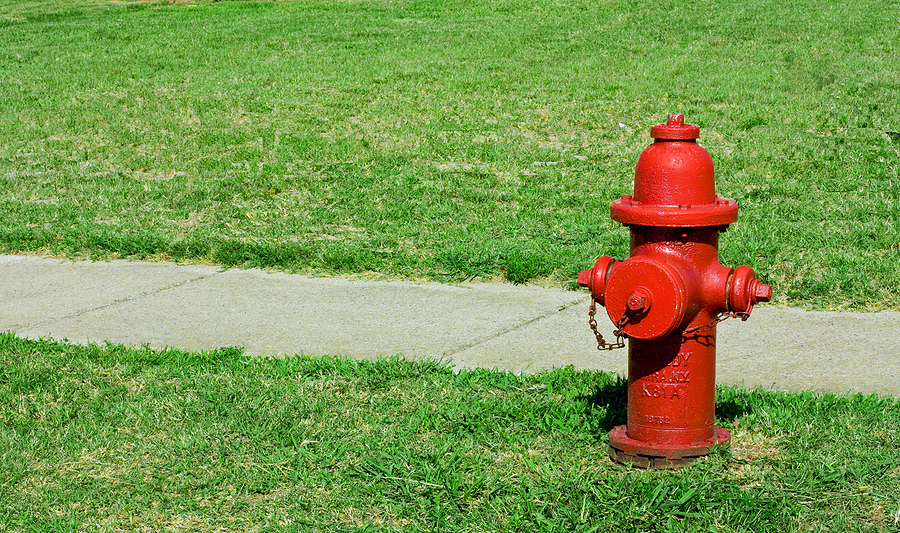Fire hydrants are an important feature of firefighting and a fire department’s capacity to successfully manage fire-related incidents. There are two different types of fire hydrants, city hydrants, and private hydrants. Therefore, it is critical for a property owner or the owner’s representative to understand the distinction between the two and the private owner’s responsibilities for upkeep.
Understanding City Hydrants
The term “city hydrant” refers to hydrants located on public property and maintained by the city. They’ll be the most prevalent, as they’ll be found along city streets and on private property, strategically placed to provide emergency services easy access in the event of a fire.
Understanding Private Hydrants
A private hydrant is one that is located on private property and is owned and maintained by the owner of the property. The International Fire Code requires private fire hydrants to provide a sufficient water supply for fire protection.
When the distance between a structure or property and the next public fire hydrant is too great for the fire service to reach in the event of a fire, private fire hydrants are placed as a backup measure.
Inspecting, Testing, and Maintaining Private Fire Hydrants
The NFPA 25 Standard for Inspection, Testing, and Maintenance of Water-Based Fire Protection Systems, has the following criteria for private hydrants. Annual flow testing of private fire hydrants is recommended to remove any foreign substance from the private service main. This is done because debris or other extraneous material can get into the fire line and cause an obstruction. It also enables the ITM provider to detect any possible issues before they become more serious.
Private Fire Service Mains and the evaluation, testing, and maintenance of private fire hydrants are covered in Chapter 7 of NFPA 25. The following list is an overview rather than a thorough list of everything that is required:
Inspection
- Inspect at least once a year and after each service.
- Exposed pipes must be examined once a year.
- According to 7.2.2.2, underground plumbing should be inspected.
Testing
- Hydrants must be recharged at least once a year.
- Each hydrant must be fully opened, and water flowed until all foreign debris has been removed, and the flow must be continuous for at least one minute.
- After the operation, check the dry barrel and wall hydrants for good drainage from the barrel. The drainage should take no more than 60 minutes.
- Both exposed and subterranean piping must be flow-checked at least every five years.
Maintenance
- Hydrants must be oiled at least once a year to ensure that all stems, caps, plugs, and threads are in good working order.
- Hydrants must be kept clear of ice, snow, and other debris and protected from mechanical harm to ensure unrestricted access.
Private Fire Hydrant Inspection/Testing/Flushing
According to NFPA 25, systems must be checked once a year. We’ll inspect the hydrant for any damage, missing caps, and adequate height. If the rubber seals in the caps are leaky, they are changed. Flow tests are carried out with confirmed static pressure measurements, residual pressure readings taken while flowing, and pitot flow gallons per minute calculations. Call Brazas Fire immediately to book an private fire hydrant testing appointment to check, test, and flush your privately owned fire hydrant.
